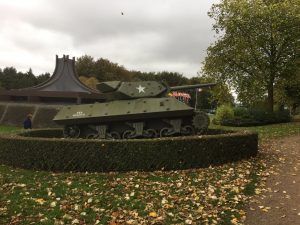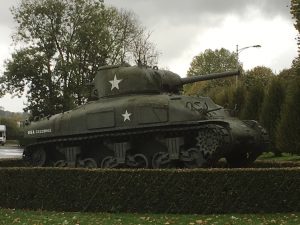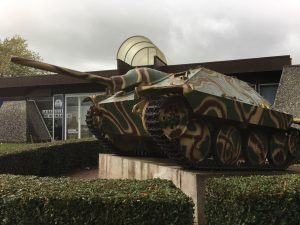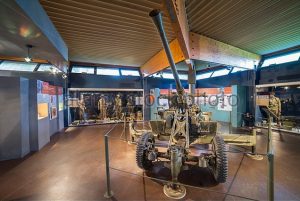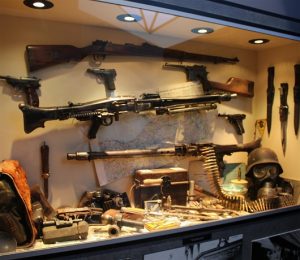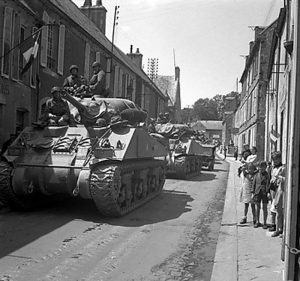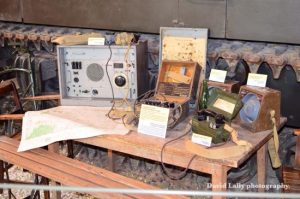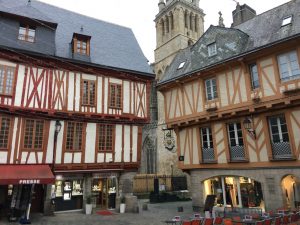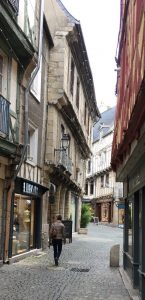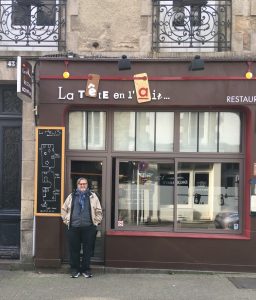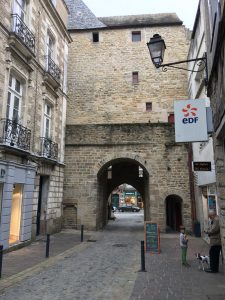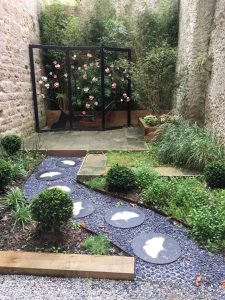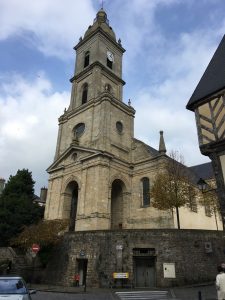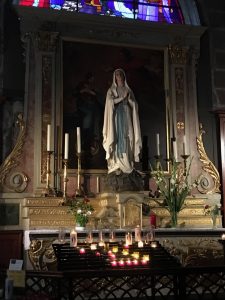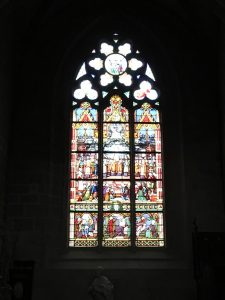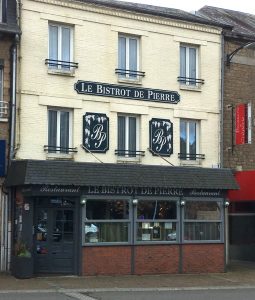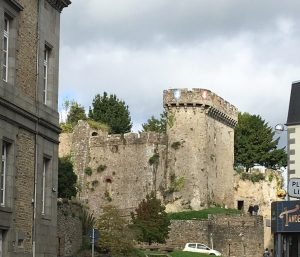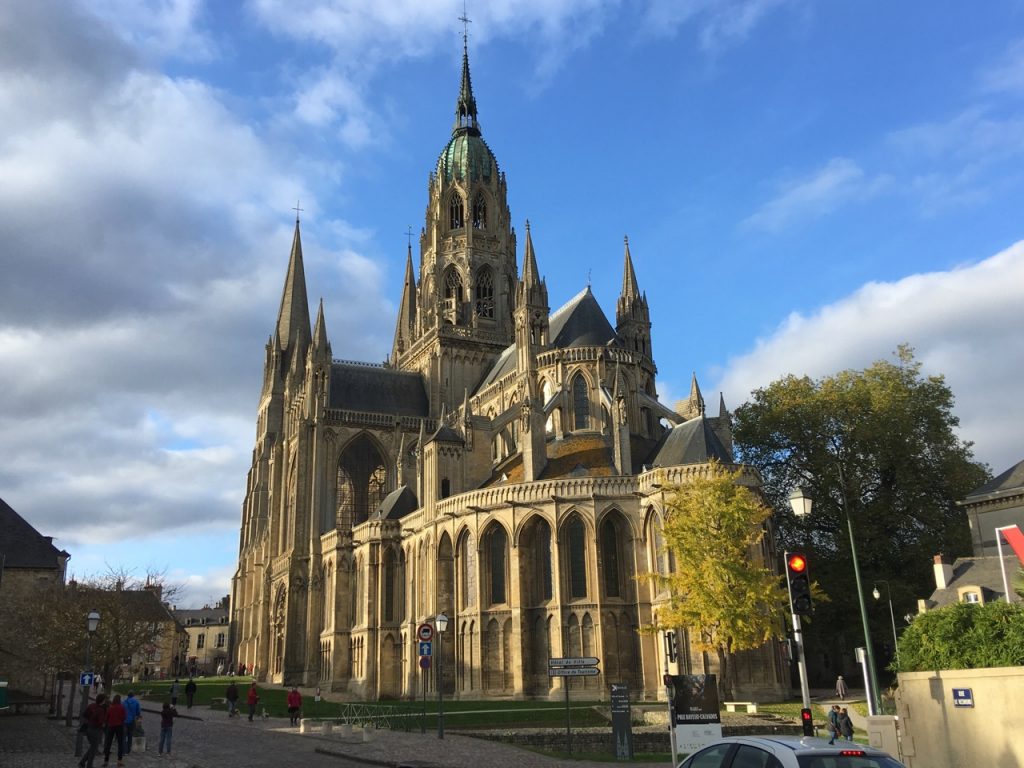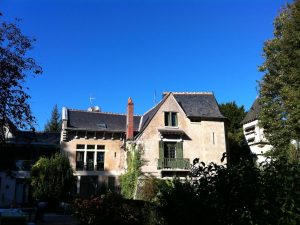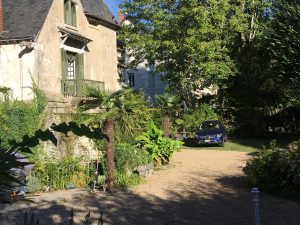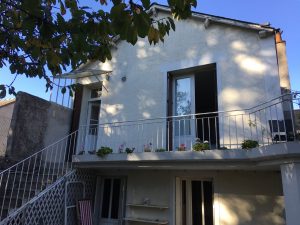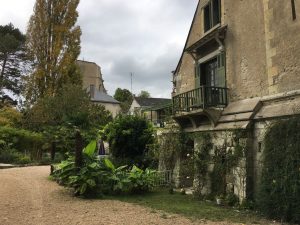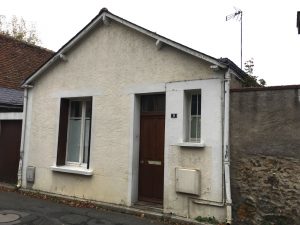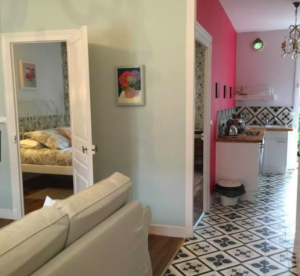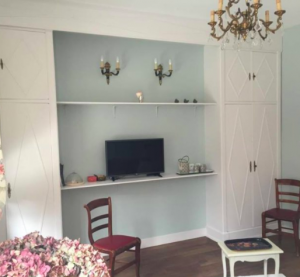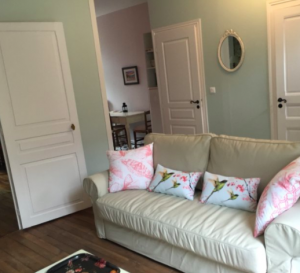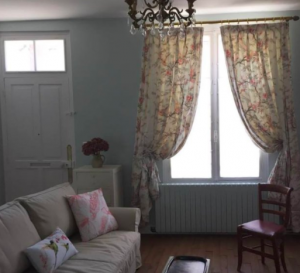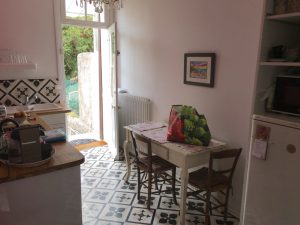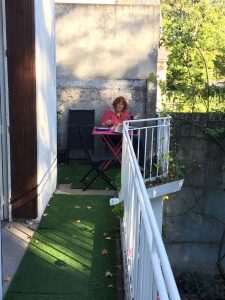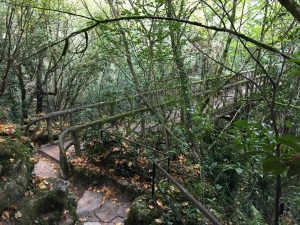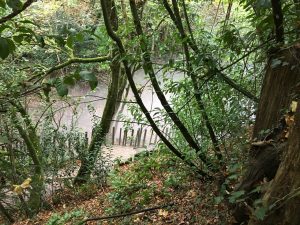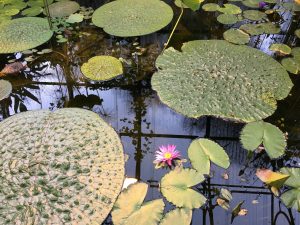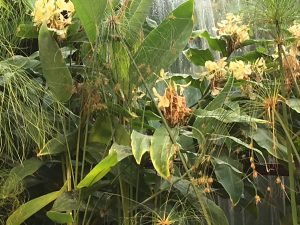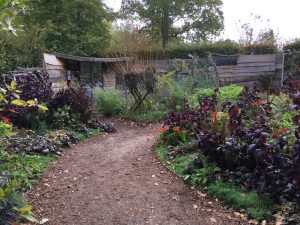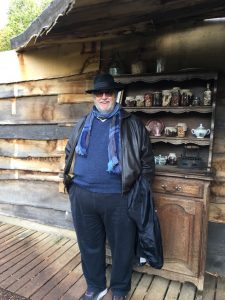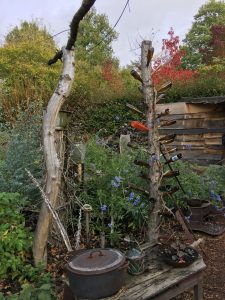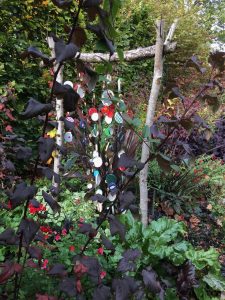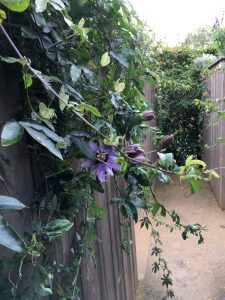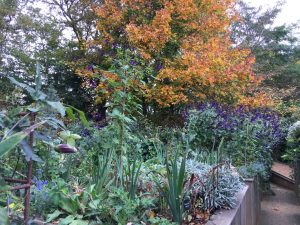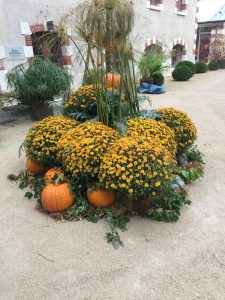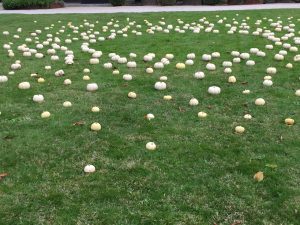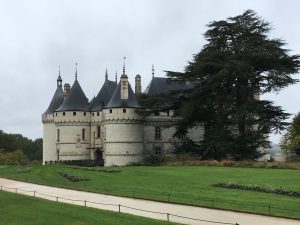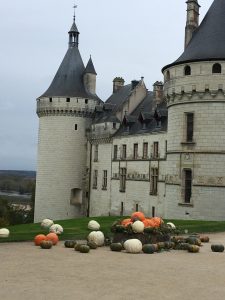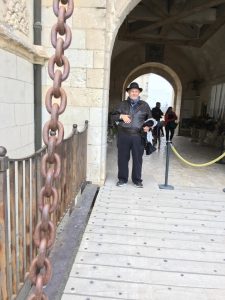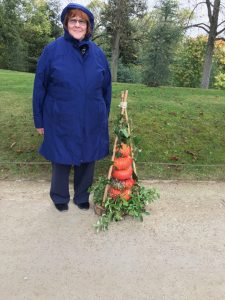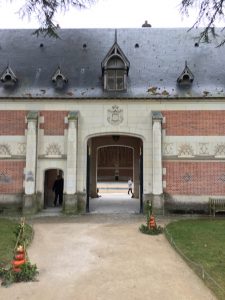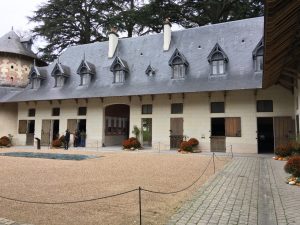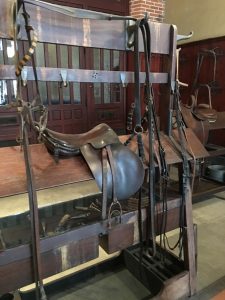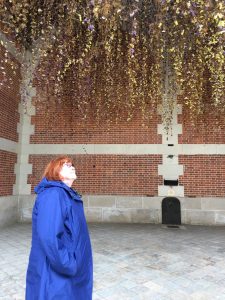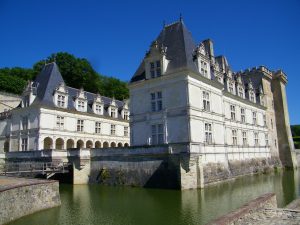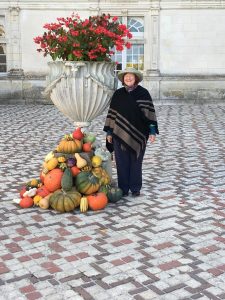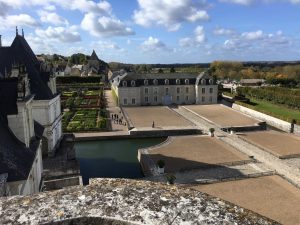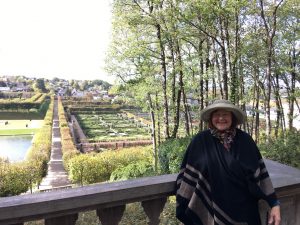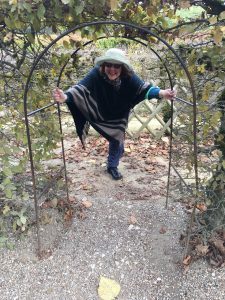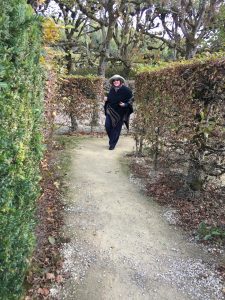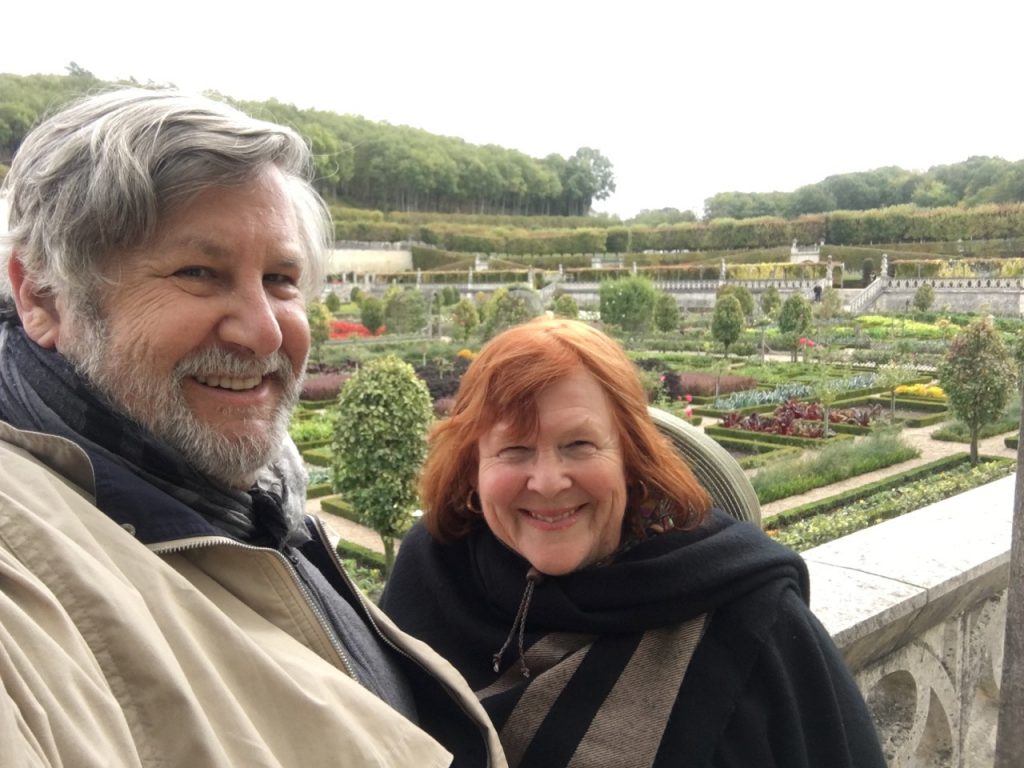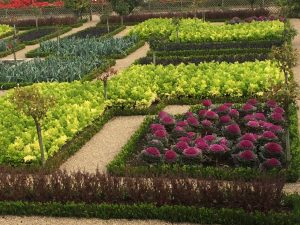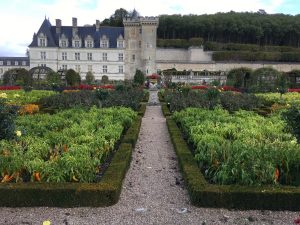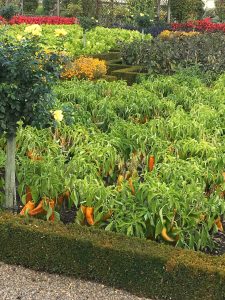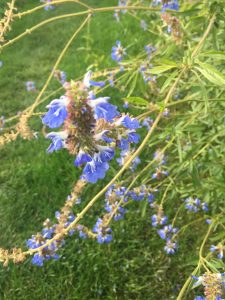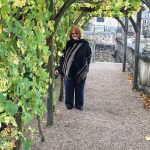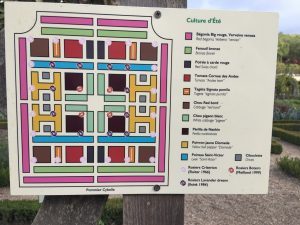No visit to Bayeux, Normandy would be complete without a visit to see the Bayeux Tapestry. This Tapestry is 70 meters long and 50 centimeters high. The Tapestry highlights the conflict over the throne of England between Harold, Anglo-Saxon King Edward’s son-in-law and Norman William the Conqueror, from 1064 until the end of the Battle of Hastings.
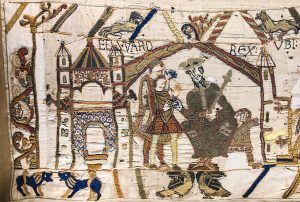
The Tapestry begins with King Edward (the Confessor) of England realizing he does not have an Heir so he chooses William the Bastard to be his successor. King Edward sends Harold to Normandy to confirm to William that he will be Edward’s successor on the throne.

However, at the death of Edward in 1066 Harold seizes the crown of England.

In response, William and his troops cross the channel to fight Harold at the Battle of Hastings

where Harold killed and his troops defeated (slaughtered) in battle on October 14, 1066. William subsequently becomes King of England and Brittany. Normans were Viking descendants.
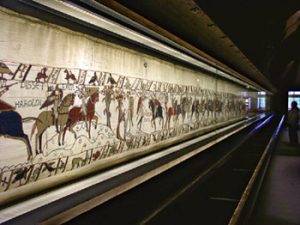

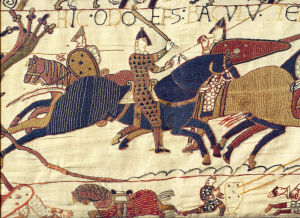
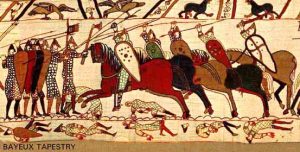
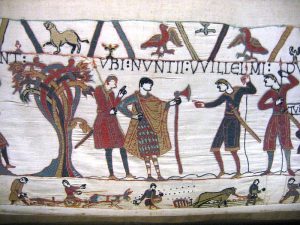
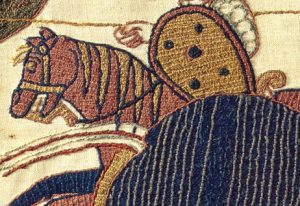
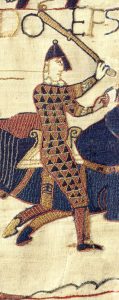
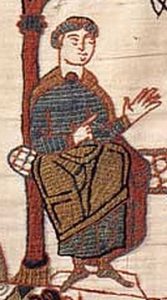
The detail of facial expressions, troop movement, horses, sailing ships, even the carnage of war is compelling.
The history is embroidered on woven linen using wool threads colored in blues and greens with woad (and weld for green) and madder root for red and brownish purple. It is felt by art historians to represent Anglo-Saxon (not Norman) artistry of 1070. Since it was commissioned by a Norman cleric, the Anglo-Saxon version of the conflicts may have been omitted. Nuns probably did the embroidery work, rather than, legend suggests, Queen Maude and her ladies in waiting.
The “tapestry” has only recently been permanently housed for viewing. Previously, it was displayed in Bayeux Cathedral for festivals as a banner mounted around the sanctuary.
After lunch, we went to the Museum of the Battle of Normandy. This unique museum covers the preparation of D-Day to August 29th 1944. There was a lot of history, pictures historical information and material including weapons, radios, tanks, guns and lots of other information. It was interesting to learn about the composition of the various Allied Forces and how they were coordinated. I expect over the next day or two we will learn a lot more about this as we visit the actual landing beach sites.
